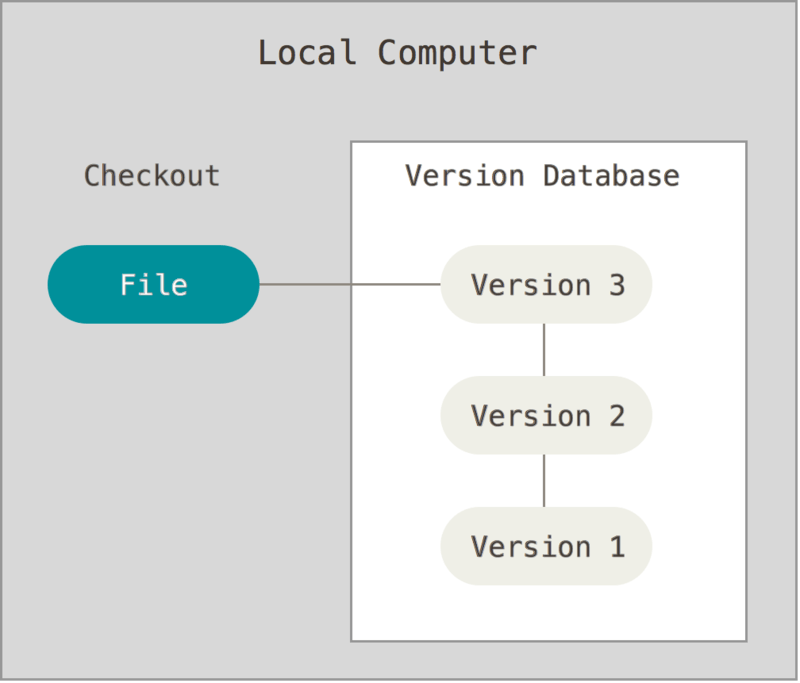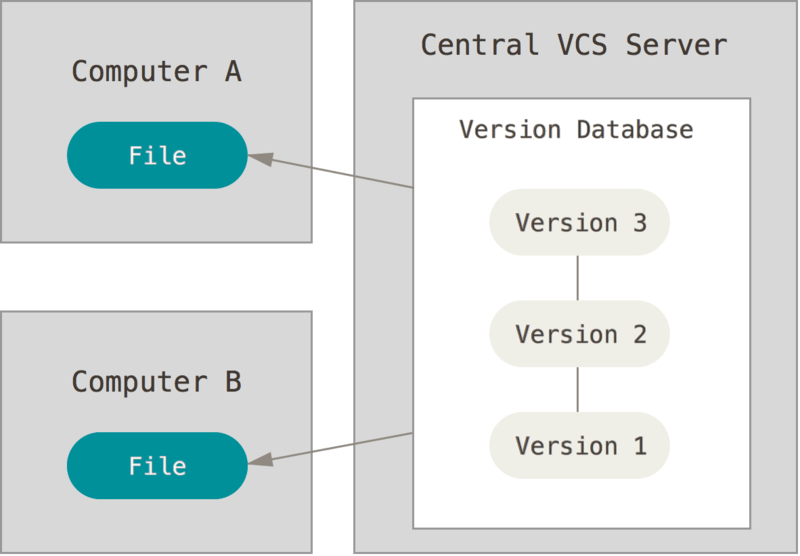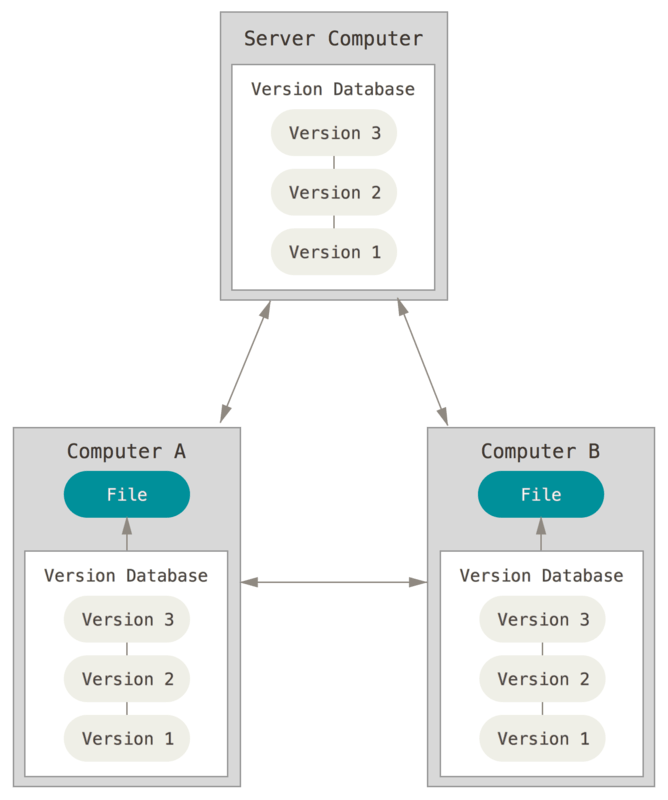-
GIT Bash
-
Git Gui
The task was to write any questions (but I wrote only one, because I missed how many questions there were supposed to be.) and we were divided into groups. Next, it was necessary to create a branch in Git where there would be asnwers to the questions from each team member My question in questin.txt…
-
GIT CMD
GIT CMD command line: cd desktop=>cd .. Configuration(установка конфигурации): cd desktop => git config –global user.name “Darja Suhhanova” => git config –global user.email “darja.portnova@gmail.com” Configuration control: git config user.email => git config –global –list Git clone the repository: Branch- ветка git clone S:\TARgv23git\Welcome => cd welcome => git branch Darja => git checkout Darja =>…
Introduction – About the Version Control System
A version control system is a system that records changes to a file or set of files over time and allows you to return to a specific version later.
Local Version Control Systems
A lot of people copy files to a different folder (sometimes with a date and time) to keep track of different versions. This is popular because it’s simple, but it can lead to mistakes, like changing the wrong file or copying files by accident.
To fix this, programmers made local VCSs a while back. These have a basic database that records all changes made to files, which helps in managing different versions more accurately.

Centralized Version Control Systems
The next major challenge is the need to collaborate with other developers. To address this, Centralized Version Control Systems (CVCS) were developed. Systems like CVS, Subversion, and Perforce use a single server that holds all file versions, and several clients that retrieve files from this centralized repository. Using CVCS has been the standard for many years.

The most obvious downside is the single point of failure represented by the centralized server. If this server goes down for an hour, then during that time, no one can use version control to save the changes they are working on, nor can they share these changes with other developers. If the hard drive storing the central database is damaged and there are no timely backups, you lose everything – the entire history of the project, except for the individual snapshots of the repository saved on the developers’ local machines.
Distributed Version Control Systems
In DVCS, such as Git, Mercurial, Bazaar, or Darcs, clients do more than just download a snapshot of all files (the state of the files at a certain point in time) — they completely replicate the repository. In this case, if one of the servers through which developers exchange data dies, any client repository can be copied onto another server to continue work. Each copy of the repository is a full backup of all data.



